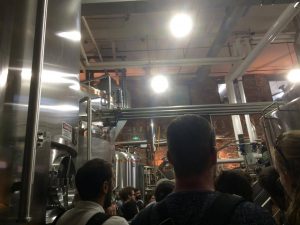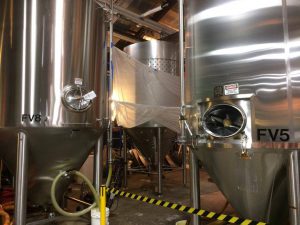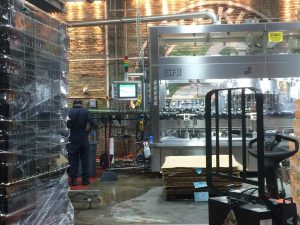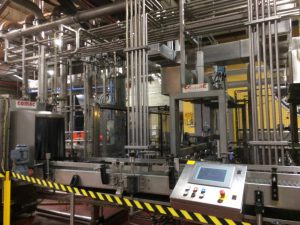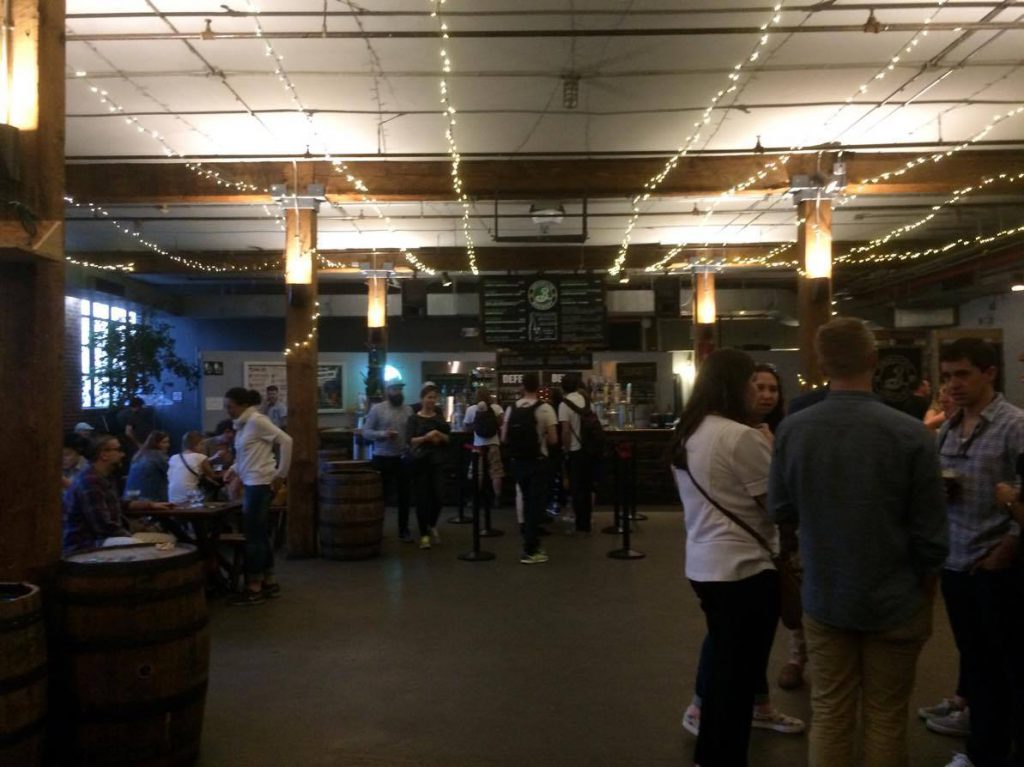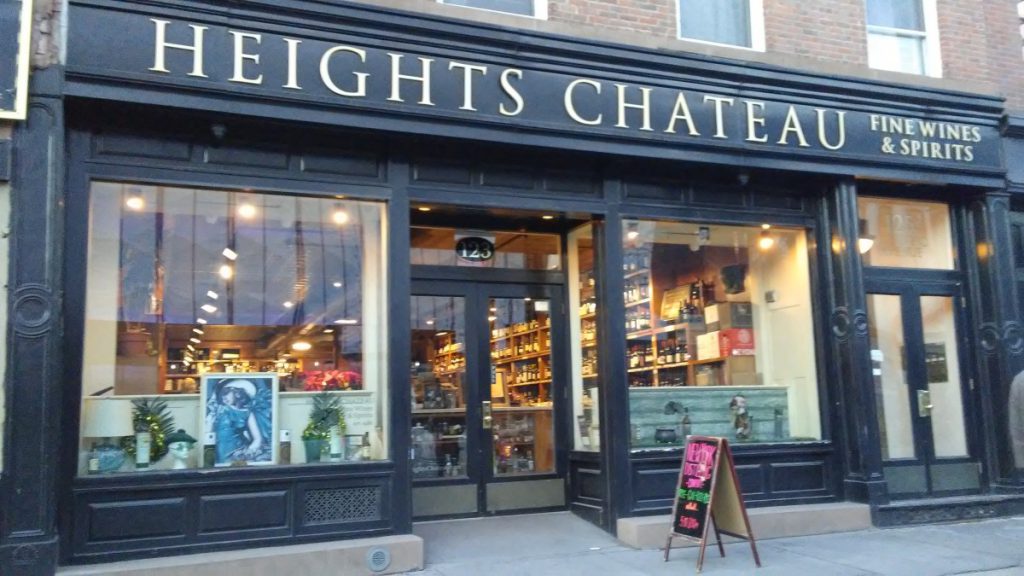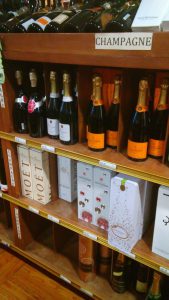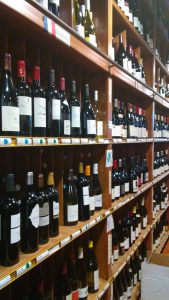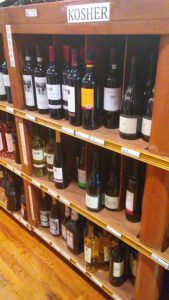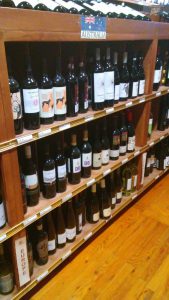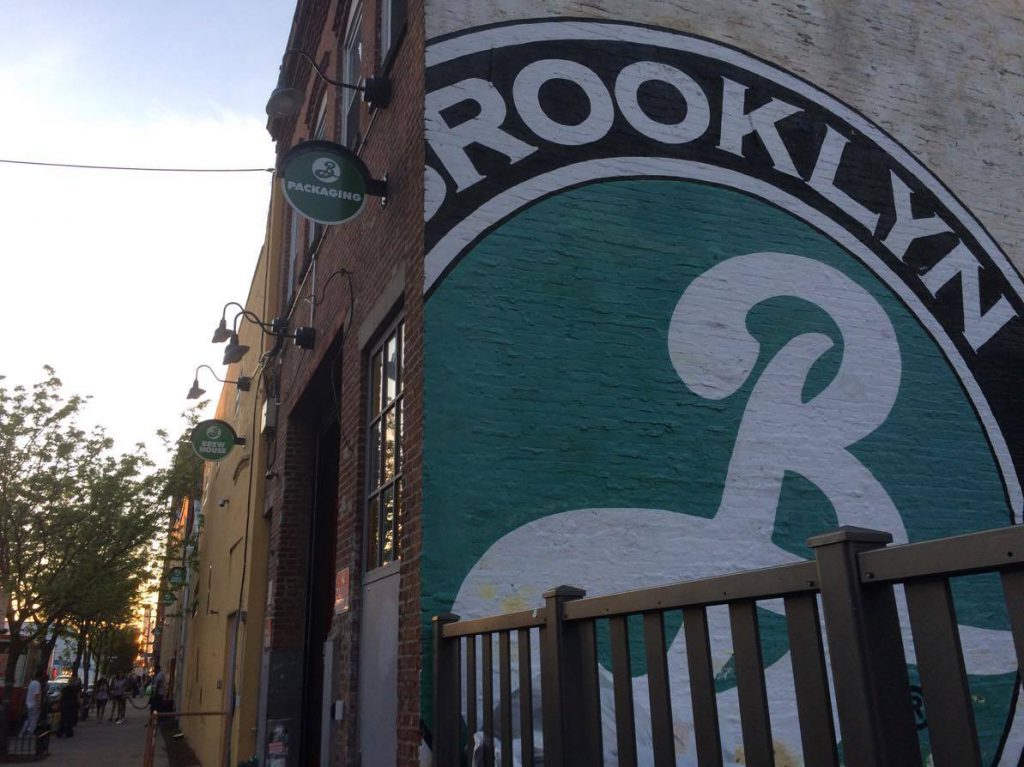 I decided to go to Brooklyn Brewery, located on 79 N 11th Street in Brooklyn, for my assignment. Due to prohibition, a majority of the breweries were shut down so when Brooklyn Brewery was founded in the 1980s, by Steve Hindy and Tom Potter, they were the only brewery in Brooklyn (BrooklynBrewery).
I decided to go to Brooklyn Brewery, located on 79 N 11th Street in Brooklyn, for my assignment. Due to prohibition, a majority of the breweries were shut down so when Brooklyn Brewery was founded in the 1980s, by Steve Hindy and Tom Potter, they were the only brewery in Brooklyn (BrooklynBrewery).
Because of a class trip I had earlier that day, I left my friend in charge of getting us a ticket each for the tour that started at 7pm. When we went back at around 6:45pm, we realized the tour had already started but no one had told us that they would start earlier. We didn’t miss much but even with that, it was very difficult hearing the tour guide who was practically yelling out information over the loud whirring and banging sounds of the machines all around us. Between his constant pop culture references and many long winded unrelated stories, the bit of information I was able to hear was interesting to me. Brooklyn Brewery uses 3 kinds of malted grains to make their beer: wheat, barley, and milt (Beeriety). The water they use is just simple, plain tap water because according to the tour guide “New York City has the best tap water in all of the country” which makes it suitable enough for beer brewing.
The entire facility is run on solar power through the many solar panels they have installed. Everything was metal, very industrial, which was a large contrast from what I’ve read and learned concerning wine and how wine is made. Beer is clearly a completely different creature to wine.
In one vessel called a mashtun, hot water is added to crushed milt and left to steep. This causes the grains to break down and release its sugars. This mixture is then passed to a brew kettle and introduced to the hops, which is a type of slightly bitter plant cone which offsets the sweetness of the liquid, and boiled for about an hour. About 20-30 minutes towards the end of the brewing process, a secondary load of hops is added. The entire mixture is then cooled down in a wort chiller and it’s passed over to another machine that works like a “giant French press but upside down”, according to the tour guide. The resulting liquid is placed into a vat with yeast and left to ferment. The vessel is air tight and has a hose that’s placed in a bucket of water to allow CO2 to escape as the beer ferments (HowToBrew)(Beeriety)(Schmohz). Though the yeast and hops can be reused, the grains cannot. The grains left over after the beer making process is transported to local farms to be given to the animals as part of their feed.
They bottle and label their beer in the same facility; they also manufacture their beer kegs on site. Their larger bottles, on the other hand, are bottled in a sister location upstate. Brooklyn Brewery beer can be found in places like Trader Joe’s in cases of 6 and they even make an exclusive beer for Shake Shack called the ShackMeister Ale (ShakeShack). Though I don’t drink alcohol and don’t even use beer when cooking like I do with wine, I find beer to be fascinating. During the Victorian era, beer and bread making went hand in hand. Bread was the foundation to heavily sustaining life back then but the only way to obtain the yeast needed to make bread was for bread makers to rely on the yeast that was used in beer brewing. The yeast was removed from the top of the beer after it was done fermenting. Learning about how beer was made and seeing all the machines was very eye opening.
I’m glad I went to Brooklyn Brewery and would recommend anyone to go on their tour but to be wary of whom their tour guide is. My tour guide seemed very distracted and was drinking the entire time he was giving us the tour. At times, he seemed very tipsy and rambled on about things that didn’t pertain to Brooklyn Brewery or beer making. Despite this, I do wish the tour guide would have divulged the information as to why they have a random small chandelier in the middle of the bottling section of the facility. He said there was a story behind it but wouldn’t tell us unless we went over to the bar and bought some beer, seeing as he was going to be the bar tender after the tour. I don’t drink and my friend doesn’t like beer so no such luck on hearing that story on my part.
Reference
http://howtobrew.com/book/introduction
http://brooklynbrewery.com/about/about-the-brewery#history-link
https://www.shakeshack.com/location/madison-square-park
http://blog.beeriety.com/2009/07/06/how-beer-is-made/
http://schmohz.com/beer/how-beer-is-made/

